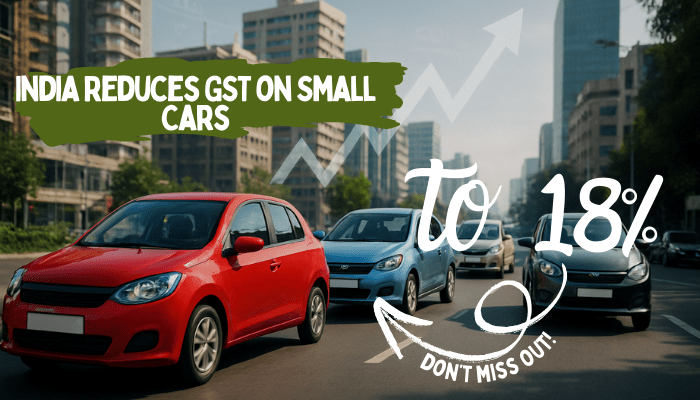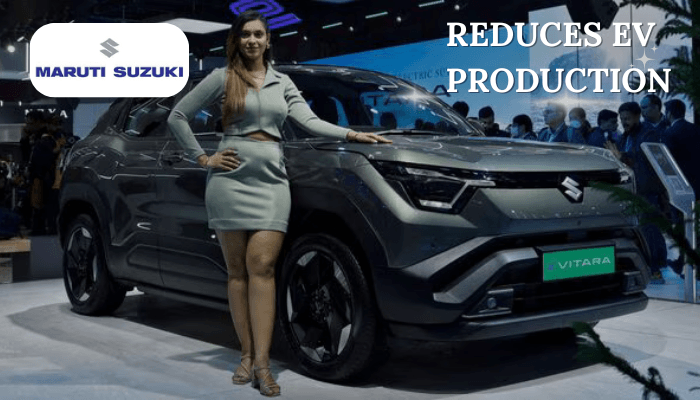India is on the cusp of a transformative shift in the global auto industry landscape, driven by its ambitious electric vehicle (EV) export plans. Union Minister for Road Transport and Highways, Mr. Nitin Gadkari, has been a vocal advocate for sustainable mobility and has outlined a roadmap that could position India as a global leader in EV manufacturing and exports. His recent statements at various industry forums highlight the potential of this strategy to revolutionize the Indian auto industry while contributing to environmental sustainability.
India’s EV Export Auto Industry Vision
Mr. Nitin Gadkari has expressed confidence that India will soon begin exporting electric vehicles and two-wheelers to international markets. This move aligns with the government’s broader vision of making India a global hub for EV production. The country’s automotive industry, currently valued at ₹22 lakh crore, is expected to grow exponentially in the coming years, with EVs playing a pivotal role.
At the Society of Indian Automobile Manufacturers’ (SIAM) 64th convention, Gadkari projected that India’s EV market could reach annual sales of 1 crore units by 2030. This growth is expected to create 5 crore jobs and contribute significantly to India’s economic development. The minister also emphasized the importance of quality and innovation in ensuring that Indian-made EVs can compete globally.
Lithium-Ion Battery Manufacturing: A Key Enabler
One of the critical components of EVs is lithium-ion batteries, and India is making significant strides in this area. Gadkari recently announced that India would soon be in a position to export lithium-ion batteries, thanks to increased domestic production capacity. The cost of these batteries has dropped significantly—from $150 per kilowatt-hour to approximately $107-108—and is expected to fall further to $90 per kilowatt-hour in the next few years. This reduction will make EVs more affordable and competitive with traditional petrol and diesel vehicles.
Several Indian companies, including Tata, Adani, LG, and Maruti, have entered the lithium-ion battery manufacturing sector. The government’s Production Linked Incentive (PLI) scheme has further bolstered this industry, with a target of producing 50 gigawatts of battery capacity annually. These developments not only reduce dependency on imports but also open up opportunities for exports, positioning India as a key player in the global battery supply chain.
Vehicle Scrappage Policy: Driving Cost Efficiency
Gadkari has also highlighted the role of India’s vehicle scrappage policy in reducing manufacturing costs and boosting competitiveness. By recycling materials from old vehicles, manufacturers can cut component costs by 20-40%. The policy encourages automakers to set up their own scrappage centers and offer discounts to customers who scrap their old vehicles. This initiative is expected to increase vehicle sales while promoting sustainability.
For instance, similar policies in countries like the USA and Europe have led to a 9-12% increase in vehicle sales. In India, automakers have agreed to provide a minimum 3% discount under this scheme. Gadkari believes this will be a win-win situation for both manufacturers and consumers.
Green Hydrogen: Expanding the Horizon
While EVs are at the forefront of India’s clean mobility push, Gadkari has also advocated for green hydrogen as an alternative fuel source. With an allocation of ₹20,000 crore under the National Green Hydrogen Mission, India aims to become a global hub for green hydrogen production and export. This initiative complements the EV strategy by diversifying India’s clean energy portfolio.
Challenges and Opportunities
Despite these promising developments, challenges remain. The high initial cost of EVs continues to be a barrier for many consumers. Gadkari has urged automakers to lower prices and forgo short-term profits to capture market share. He believes that once adoption scales up, economies of scale will drive down costs further.
Additionally, global competition in the EV sector is fierce, with countries like China dominating battery exports. However, India’s focus on quality standards—such as Bharat NCAP safety assessments—and innovation could give it a competitive edge.
The Road Ahead
India’s ambitious EV export plans mark a significant step toward achieving its goal of becoming a $5 trillion economy by 2025. By leveraging its growing manufacturing capabilities, supportive government policies, and focus on sustainability, India is well-positioned to emerge as a global leader in the automotive sector.
Gadkari’s vision extends beyond economic gains; it also addresses pressing environmental concerns. With carbon neutrality targeted by 2070 and increasing consumer awareness about sustainable practices, India’s transition to green mobility could set an example for other nations.
In conclusion, Nitin Gadkari’s emphasis on EV exports represents not just an opportunity for economic growth but also a commitment to building a cleaner and more sustainable future. As India gears up to take its place on the global stage, its automotive industry stands at the forefront of this transformative journey.
Join the EV Revolution with My Car Wisdom!
Stay ahead in the fast-changing automotive world as India drives toward becoming a global EV hub. Learn about electric vehicles, battery innovations, and green mobility trends.
🔹 Subscribe for Insights
🔹 Join Our Community
🔹 Follow Us for Updates
Empower your my car wisdom and embrace the future of driving today! 🚗⚡
Raja Yadav, the content writer at My Car Wisdom, brings a unique voice and style to our blog. With a knack for storytelling and a keen eye for detail, Raja ensures that every piece of content is informative, engaging, and easy to understand. His focus is on delivering high-quality articles that cater to both novice car owners and seasoned automotive enthusiasts.




